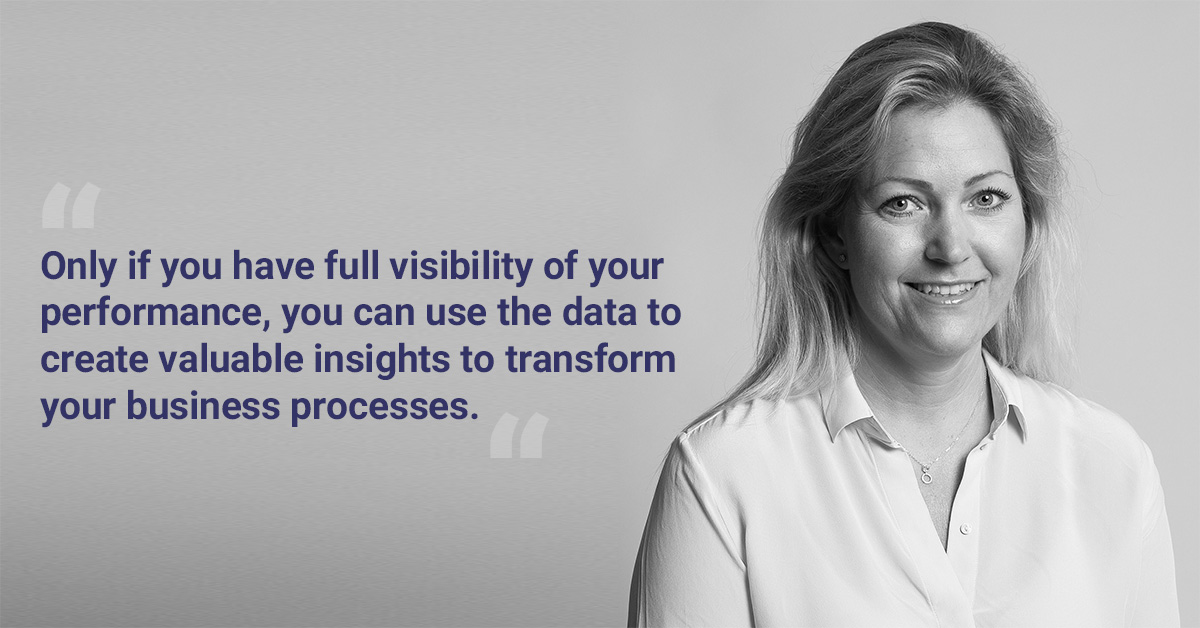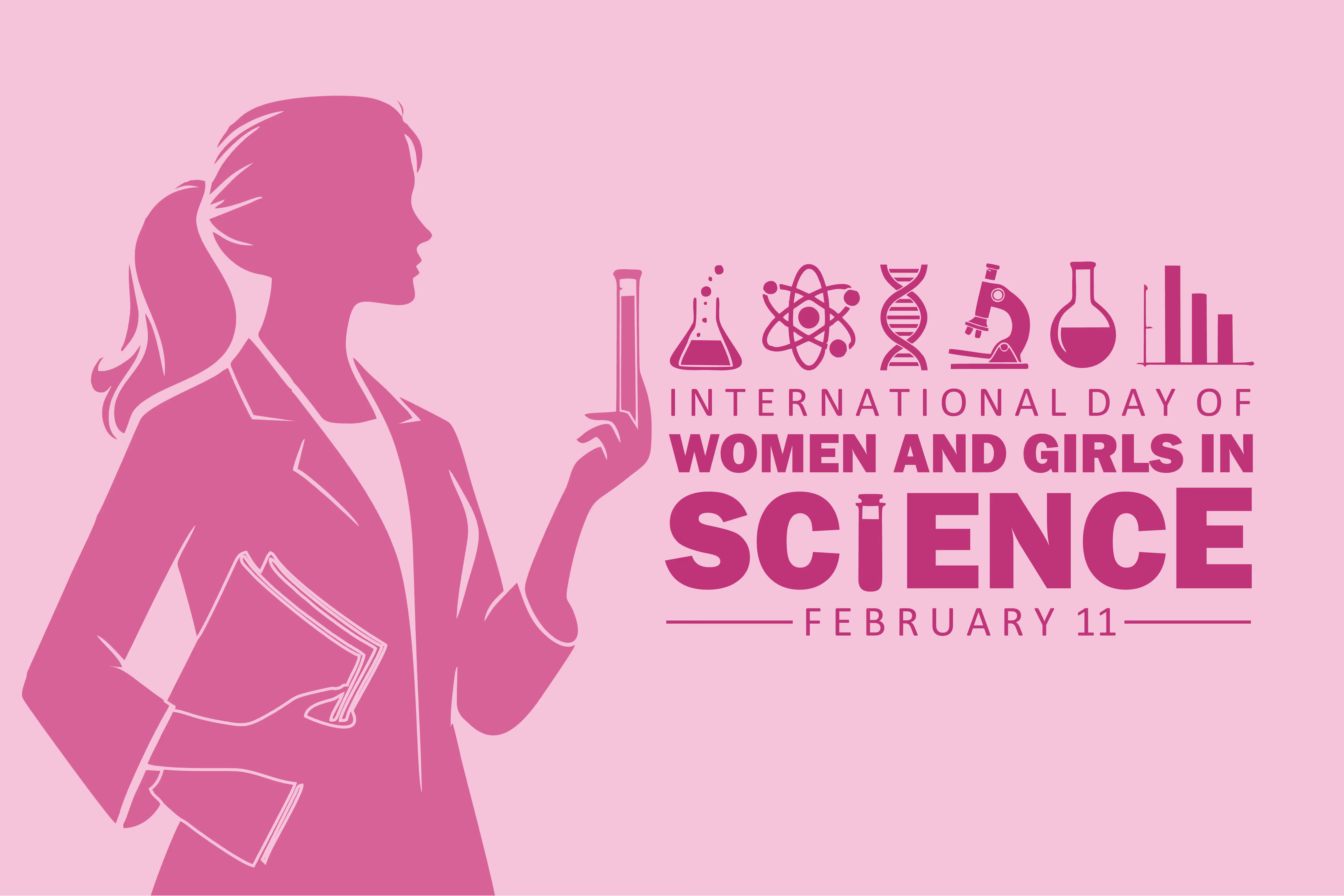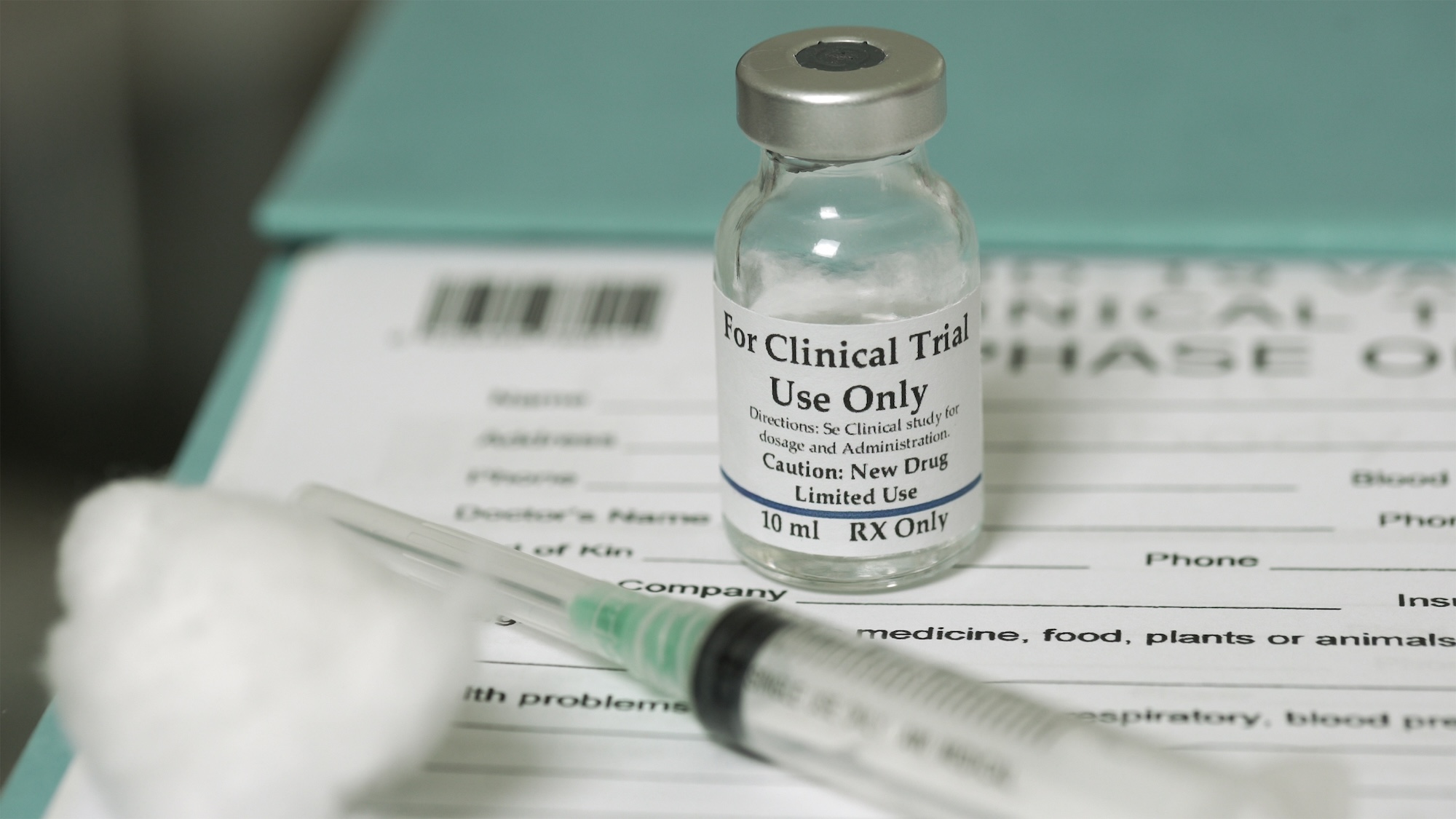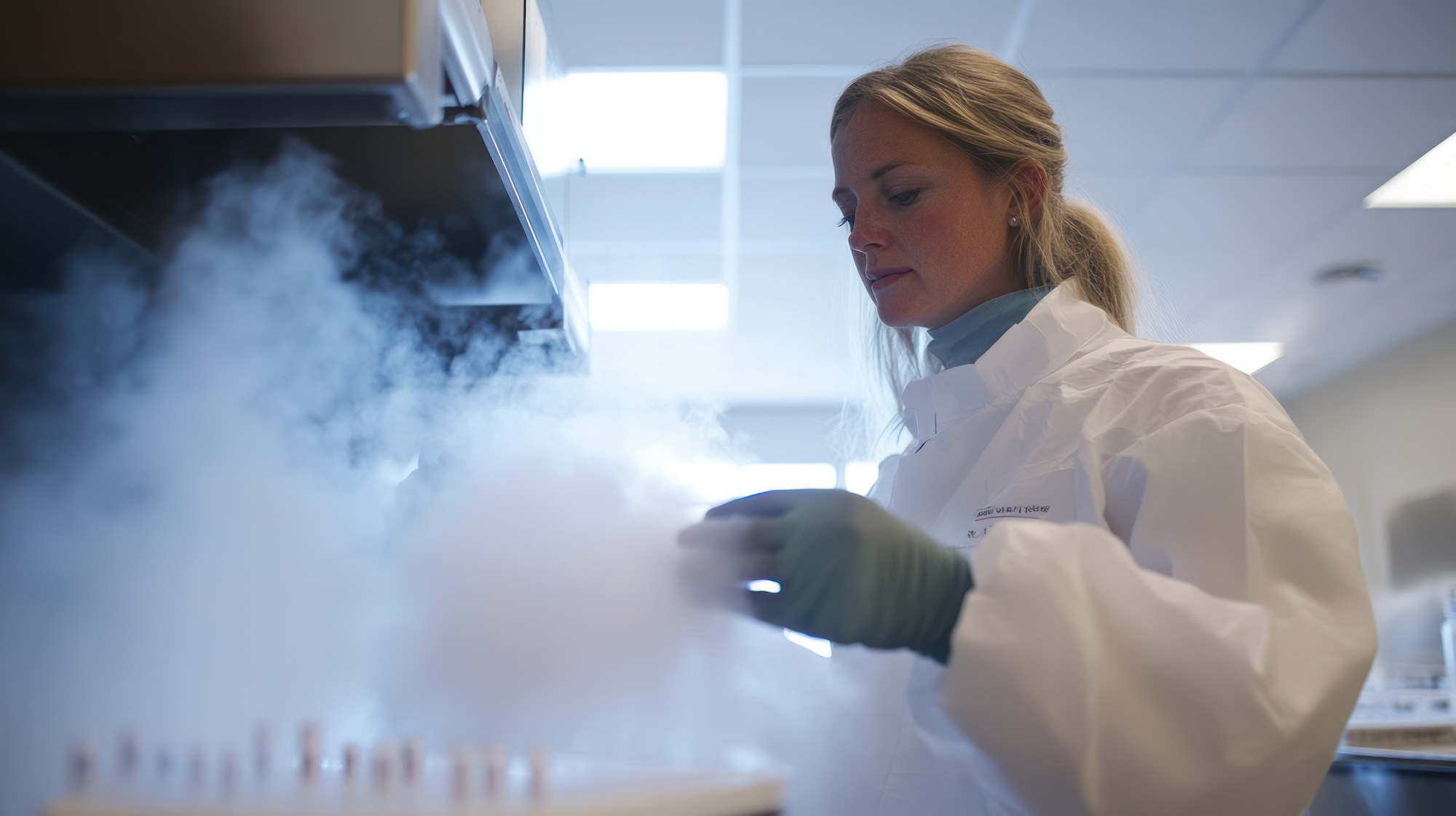Meet Nina Nilsson, Chief Revenue Officer at TSS

Q: What does it mean to be CRO at TSS?
My job as Chief Revenue Officer, or short CRO, means that I am responsible for generating true value for our customers. If we can help our customers address pain points, and offer insight and understanding that can help them improve their business processes, they will save significant larger amounts than the investment they made originally in our value proposition. You could say, I am partly working for my customers to help them increase profitability and sustainability.
To say it short and simple… The Key Account Managers as well as the sales and marketing functions are reporting to me and I represent those departments in the company’s management team.
Q: What do you enjoy most about your work? What motivates you?
There are many things I enjoy about my work! I love that we can play an important part in delivering safe drugs to patients all around the world, I get really excited when you hear a customer describing a problem and you just know we will be able to help them out but I also enjoy the strategic work of taking this promising company to the next level with the help of the team.
Apart from that I must say that working at TSS is simply also a lot of fun, we have some really smart and funny people in the company who like to have a good time and from time to time perform some practical jokes on one another.
Q: Why is supply chain monitoring so extremely important for the Pharma industry? What is driving this work?
Because you and I and everyone else deserve to trust that the medication we are taking when we are the most vulnerable holds the highest quality. For the pharma companies it is not only a question about complying to regulations, but also being able to deliver to their customers in time in the right condition – it is what drives their revenue in the end.
Successful shipments also mean less waste. It is not only about reducing the waste of pharmaceuticals, but also waste from over engineered distribution. So apart from patient safety, it is also about addressing the environmental footprint and the world we want to leave behind for coming generations.
Q: How does TSS drive innovation and the digital transformation in the industry at large?
We aim to educate and inspire, to show how you can drive effectiveness and efficiency with the help of digital tools. We are very ambitious and try to constantly be in the forefront of technological innovations and solutions that make a difference for our customers. To do that we need to understand their business, so all our solutions are developed in close collaboration with customers to ensure we get it right and deliver true value.
Q: If you could implement one thing within the Pharma supply chain that would be mandatory, what would it be?
Track temperature end-to-end with every single shipment. Only if you have full visibility of your performance, you can use the data to create valuable insights to transform your business processes.

Q: What do you consider the biggest challenges the industry are facing in general?
In general, I would say that with the current lack of full visibility, large companies are blinded and have difficulties to motivate change and hence transform the supply chain to save real costs, shorten lead time and direct and in-direct waste.
Another big challenge is the current lack of integration of different systems. IRTs, eCOAs, WMS, temperature data, ERP and so many more. The operation is therefore very much managed in silos and with the issues of sub-optimization and low efficiency. We have come a long way with our customers in integrating these systems, creating a digitalized, effective and automated process.
Another interesting emerging area is cell and gene therapy, where the ramp up to large scale production and a reliable supply chain will be crucial and quite a challenge. I have just hosted a round table on the topic, in Boston, and come back very inspired about the new therapies that will become available but also very well aware of the challenges that still lie ahead of us before we can see broader access for people around the world.
Q: How far are we from a self managed supply chain?
Hahaha… good question! Very far I think to be honest. Not so much because of the limitation of technology, but we are not the fastest moving sector – because of culture, but also very much because of regulations. Still, we have outlined a AI-vision where not only the supply chain is automate but the full system from market needs, production management and distribution… so who knows, it might happen sooner than one think! Do we have anyone out there that is a progressive thinker and wants to go first? We are ready to help!
Q: What’s next? Any projects you’re excited about?
We have just recently put a clinical module to market, which allows sponsors to combine shipment temperature and storage temperature. It is also integrated with their IRT and allows for automatic release of temperature excursions that are within the budget. It is quite exciting times as many other companies start to inquire about the same, so let’s see where that leads us. We also have some exciting plans on how to develop it further, but I would like to keep them secret for now…
Apart from that, of course my upcoming vacation in the most beautiful island in the world – Gotland, in the Baltic sea!
You may also be interested in

TSS Clinical Trials Digitalization User Forum 2021

TSS Keeps EcoVadis Silver Medal Despite Tougher Standards in 2024

Celebrating Women in Tech
You may also be interested in

Can You Rely on the Results from Your Clinical Trials?


